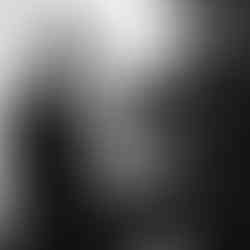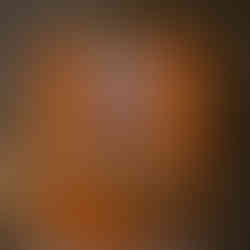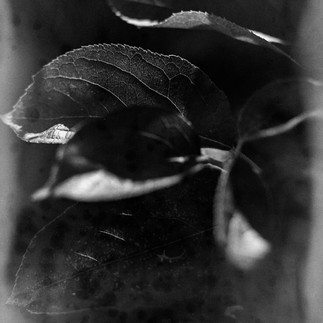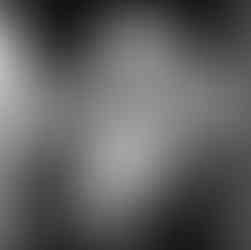Fun Fact: you can use coffee to develop black and white film at home.
Caffenol development is not a new concept, but let my experience be additional proof that it can be done. It's not an exact science. There are a variety of ways to do it and no one agrees on exact measurements. Which, is sort of cool.
The idea to try out this method came after I visited a coffee roaster in San Francisco Proyecto Diaz Coffee for a video and photo shoot. They sent me home with a massive bag of freshly roasted whole bean coffee, and I knew immediately what I was going to try!
Photos captured at Proyecto Diaz Coffee | Lomo Potsdam 100 on Mamiya C220 | Ilford Ilfotec DDX
For my recipe, I scoured the internet looking through how other people had done it (likely what you're doing now) and then made a plan. But my plan had a twist: while most recipes use instant coffee, I wanted to use whole coffee beans in the form of espresso shots because I wanted to use my Proyecto Diaz Coffee.
Freshly roasted beans at Proyecto Diaz Coffee, ground down and made into espresso shots.
The two other items required for Caffenol Developing are Vitamin C and Washing Soda. I didn't have any straight up Vitamin C powder or Washing Soda at home, but I did have Emergen-C (an over the counter, sugary, orange flavored drink mix that comes in individual serving packets) and Baking Soda (which was fairly simple to convert to Washing Soda, see below). My goal was to not have to go to the store to buy anything new for this.
The recipe for 750mL of fluid (enough to fill my Paterson Developing Tank) is as follows:
4 double shots of Espresso strained of solids (350mL worth)
2 packs of Emergen-C (9g and 1000mg Vitamin C each)
9tsps Baking Soda (baked for 25mins at 400F to convert it to Washing Soda)
Add 400mL water to reach 750mL total liquid

The 750mL mixture about to be poured into developing tank.
Directions:
Shoot your film (recommended between 100iso and 400iso).
Mix the above ingredients.
Put the film in the sealed tank via a dark room or dark bag.
When the 750mL mix has cooled to 68F (or 20C) pour it into the tank.
Agitate for the first 30 seconds.
For the next 10mins 30seconds, do 4 inversions every minute.
Dump the liquid mixture down the drain and do a Water Stop Bath (rinse the film but don't open the tank) for 1min 30seconds
(Optional) Use a fixer/stabilizer if you have one (this preserves the negatives from fading over time) for 3-5mins
Rinse, Dry, Scan.
Lomo Potsdam 100 on Mamiya C220, Developed in Caffenol.
The results: surprisingly good. Better than I expected. The images are crisp and contrasty. There is a haze down along the edges (more frequent inversions may solve this, or it's just a symptom of using caffenol). Also, my compositions are not amazing, but that was expected as they weren't carefully captured because I wasn't even sure this would work!
So what's the conclusion? Try it. Caffenol is fun and cool and neat! And if for some reason in the future you can't access chemicals from a store, it can be a great "apocalyptic developer." But I imagine if that's ever the case coffee will be hard to come by too!
I hope you enjoyed this. If you're interested in listening to the 23-minute audio recording I made as I went through the process, the great people over at Sunny 16 featured it on their "Sunny 16 Presents" podcast: https://sunny16presents.podbean.com/e/on-location-fun-with-caffenol-with-steven-mortinson/
And, if I missed anything, feel free to reach out with questions or comments!
































Comments